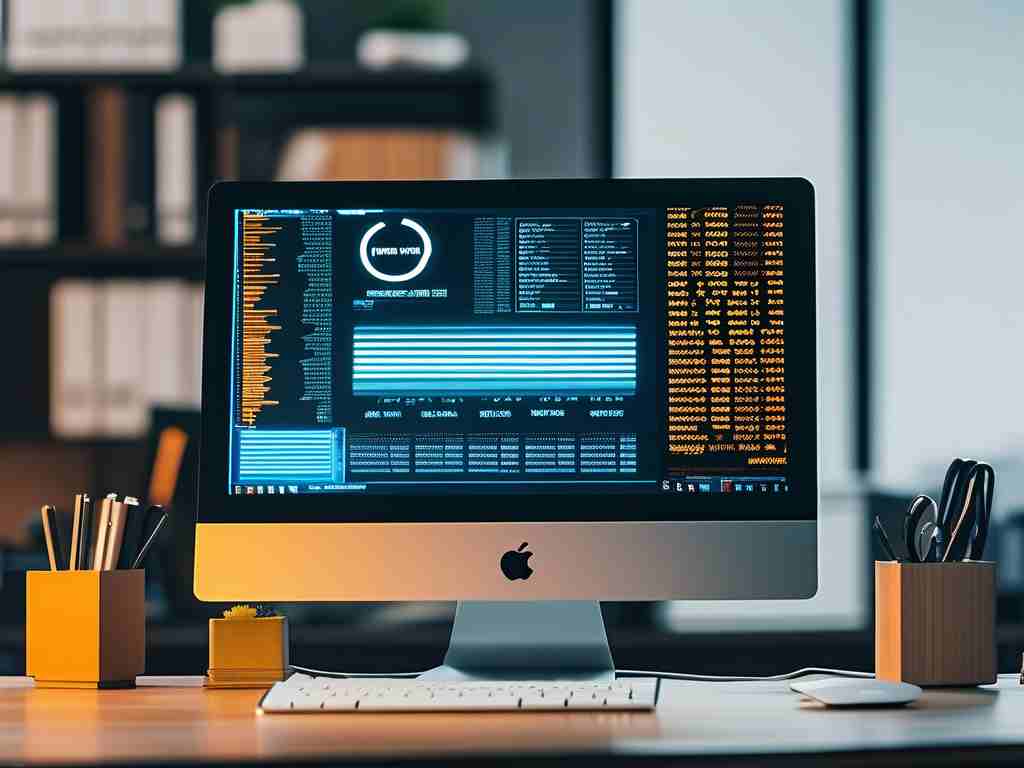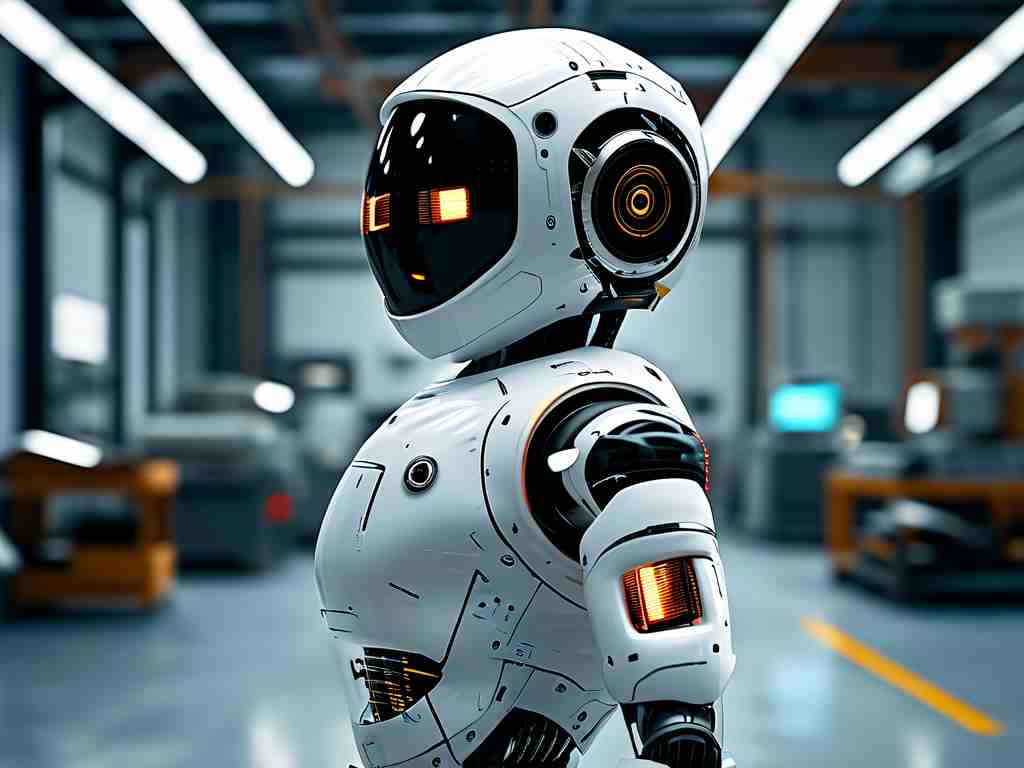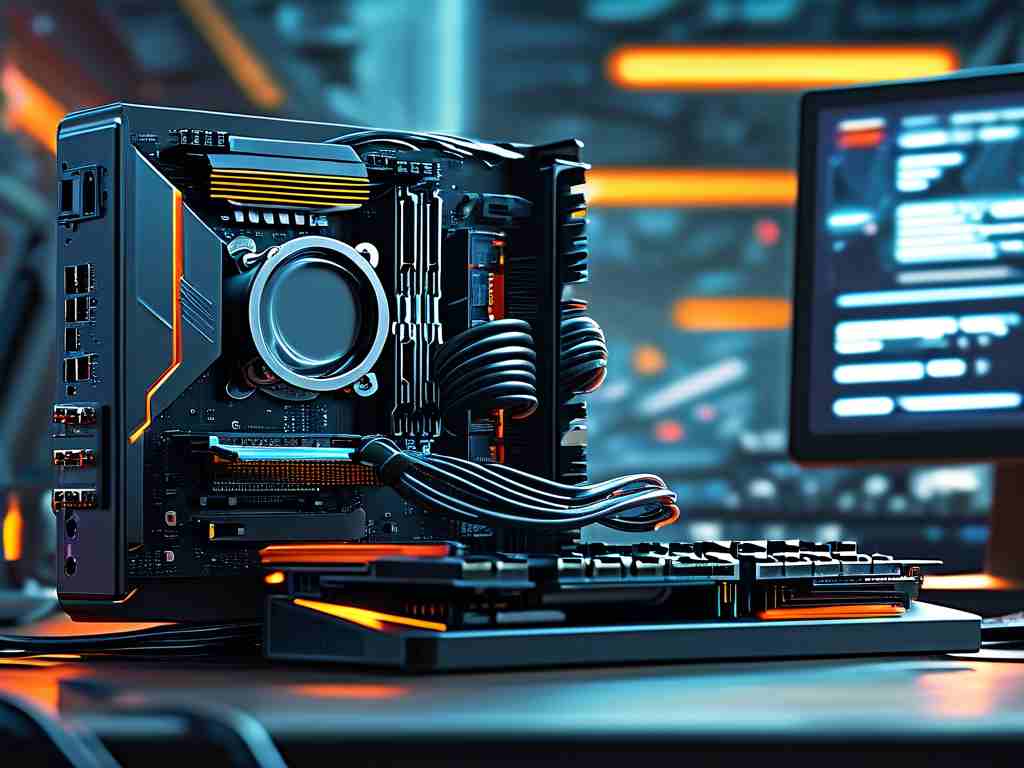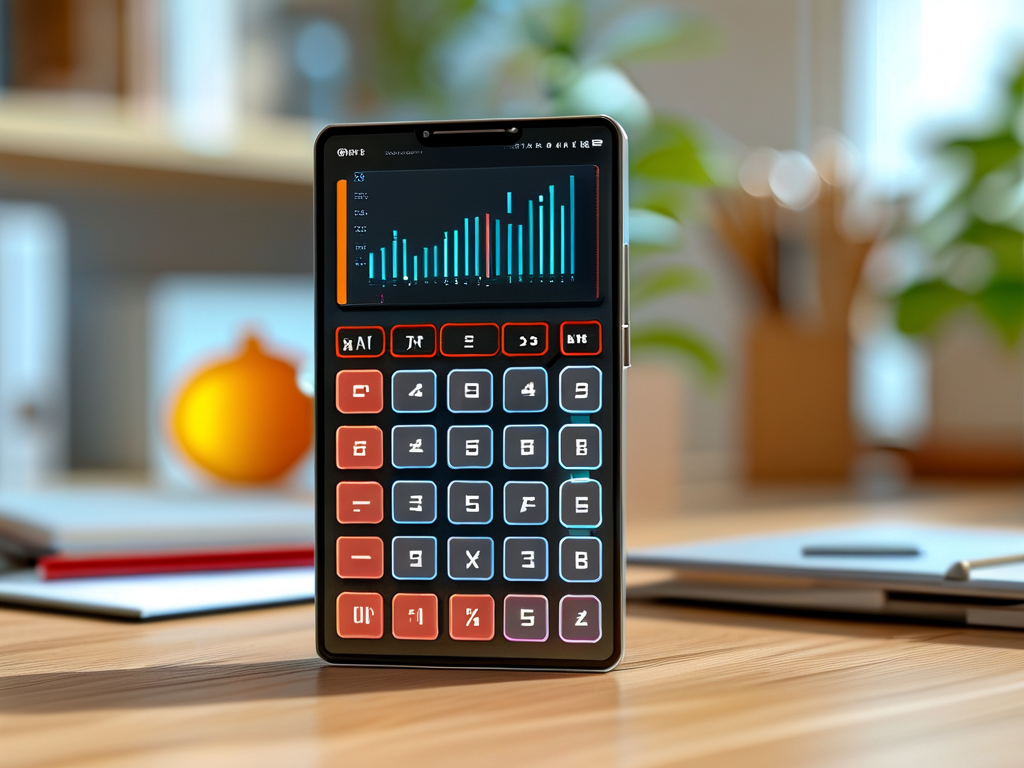Computer memory, a fundamental component of digital systems, serves as the backbone for executing tasks across devices. Its applications extend far beyond basic data storage, enabling functionalities that power everything from personal gadgets to enterprise infrastructure. This article explores the diverse roles of computer memory in contemporary technology while highlighting its critical impact on performance and innovation.
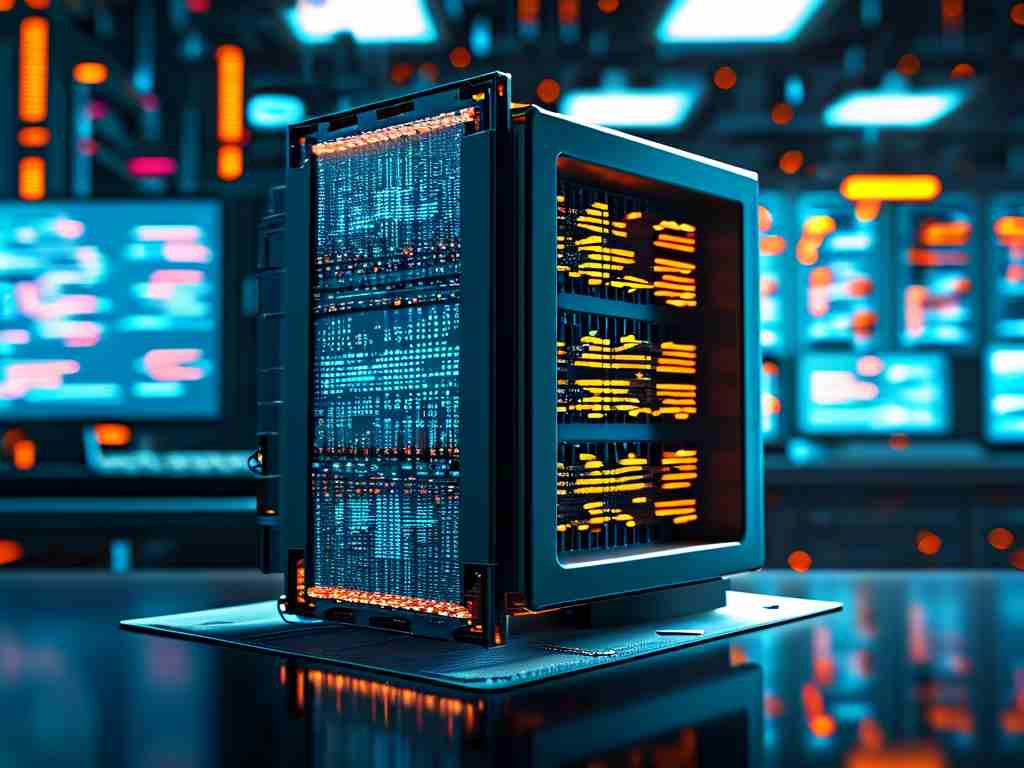
One primary use of computer memory is facilitating real-time data processing. Random Access Memory (RAM), for instance, allows devices to temporarily store and swiftly access information required for active applications. When a user edits a video or runs complex simulations, RAM ensures seamless multitasking by holding intermediate results and application states. Modern operating systems leverage memory hierarchies—combining cache, RAM, and virtual memory—to optimize speed and efficiency. For example, caching frequently accessed data in Level 1 (L1) or Level 2 (L2) memory reduces latency during CPU operations.
Another vital application lies in graphics rendering. Graphics Processing Units (GPUs) rely on dedicated video memory (VRAM) to handle high-resolution textures and 3D models. Gaming consoles and workstations use GDDR6 or HBM2 VRAM to render lifelike visuals without overloading the system’s primary memory. This specialization ensures smooth frame rates and detailed imagery, critical for both entertainment and professional design software like AutoCAD or Blender.
In embedded systems, memory plays a pivotal role in reliability. Microcontrollers in IoT devices utilize non-volatile memory (e.g., Flash) to retain firmware and operational parameters even during power cycles. Automotive systems, such as those in electric vehicles, depend on error-correcting code (ECC) memory to prevent data corruption in safety-critical functions like brake control or battery management.
Cloud computing infrastructure further demonstrates memory’s scalability. Server farms employ dynamic RAM configurations to manage concurrent user requests. Technologies like in-memory databases (e.g., Redis) bypass traditional storage delays by keeping datasets directly accessible in RAM, accelerating analytics and transaction processing. For instance, financial institutions use this approach for real-time fraud detection across millions of transactions.
Emerging trends also showcase memory’s adaptability. Persistent Memory (PMEM), which blends storage and memory traits, enables faster data recovery in enterprise servers. Quantum computing research explores novel memory architectures to handle qubit states, though this remains experimental. Additionally, neural networks in AI rely on high-bandwidth memory (HBM) to process training datasets efficiently, reducing model development time.
Despite its advantages, memory management poses challenges. Memory leaks—caused by software errors that fail to release unused memory—can degrade system performance. Developers often use tools like Valgrind or built-in garbage collectors to mitigate such issues. Hardware-level solutions, including memory controllers and error-checking mechanisms, further enhance stability.
Looking ahead, advancements like 3D-stacked memory and photonic RAM aim to overcome density and speed barriers. These innovations will likely drive progress in fields such as edge computing and autonomous systems, where low-latency, high-capacity memory is indispensable.
In summary, computer memory’s versatility underpins technological evolution across industries. From enabling everyday multitasking to powering cutting-edge AI, its applications continue to expand, shaping the future of digital innovation.





